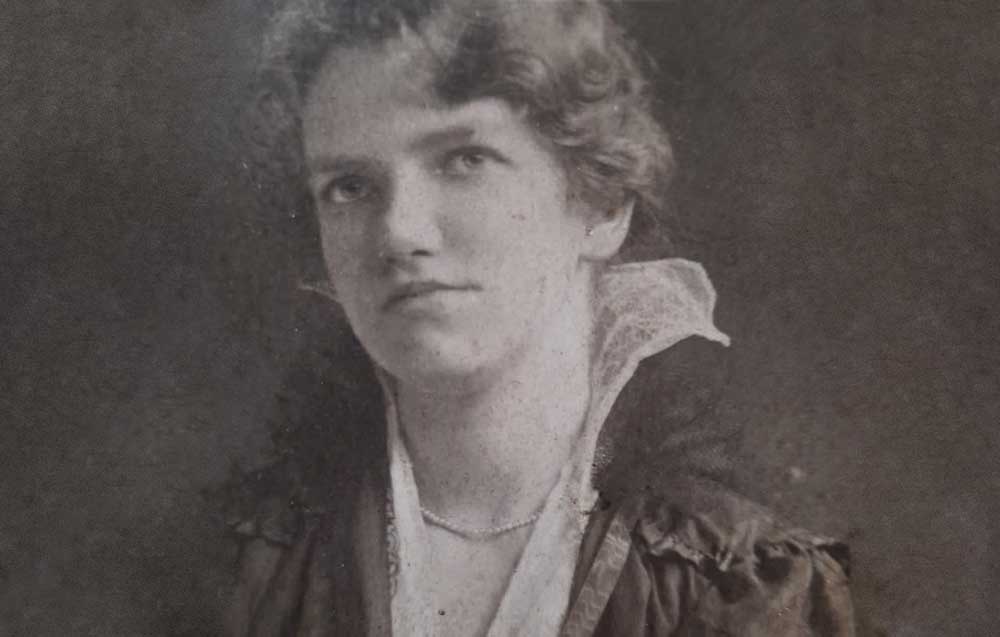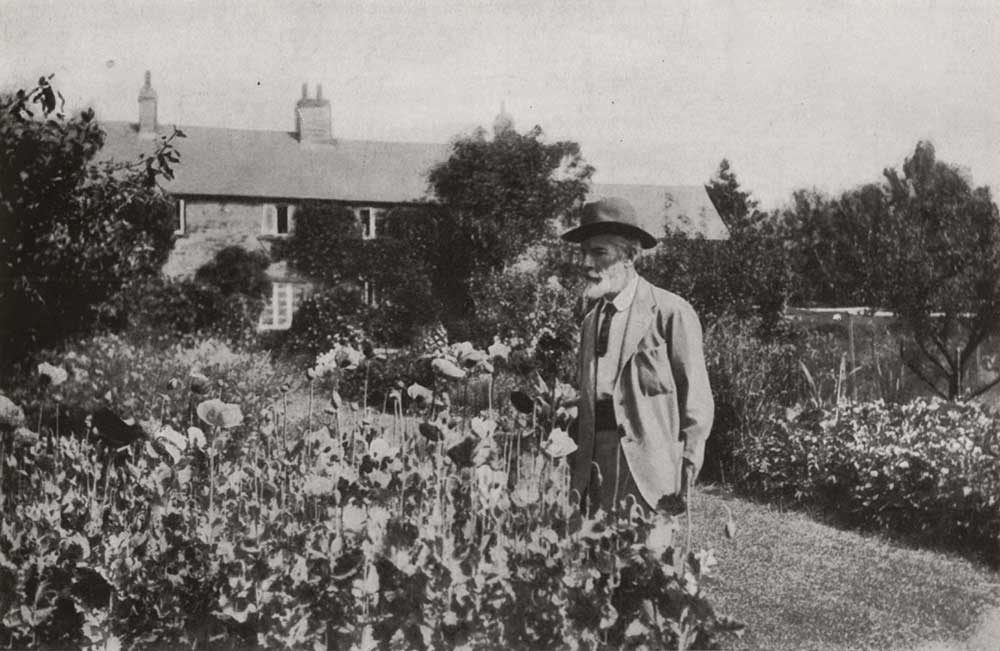Utopian Dreams, Earthly Realities | History Today - 5 minutes read

The dream of escaping to the country retains a powerful hold on our imagination. It had a particular purchase during the interwar era, as demonstrated by the rise across Europe of a back-to-nature philosophy that embraced everyone from ramblers to nudists and folklorists to craftspeople.
The Sanctuary, founded in the Sussex countryside by the Christian mystic Vera Pragnell, was one of the more ambitious schemes to emerge. It was the attempted creation of a rural Arcadia intended as the model for a new global movement.
The daughter of a wealthy textile manufacturer, Pragnell was born in 1896. A former social worker in the slums of east London, she had become frustrated with reforms that failed to address the root cause of urban poverty. With the outbreak of the First World War she trained to become a Red Cross nurse, an experience that instilled a sense of anger and despair at the senseless waste of human life, including that of her own brother.
Pragnell found a new sense of direction through her deep religious faith. Her beliefs were rooted in the Christian socialist philosophy that took shape in reaction to the industrial revolution around the middle of the 19th century. She was a particular disciple of Edward Carpenter, who claimed that contemporary urban life was a disease and prescribed as the cure a return to a ‘simpler life’ rooted in the natural world. The smallholding he converted into an alternative community at Millthorpe near Sheffield was the inspiration for the Sanctuary.
Having first set up a small refuge on Kingsley Green near Haslemere, Pragnell invested £850 of her inheritance in 27 acres of land at Heath Common in Sussex. Here among the heather and bracken covering the foothills of the South Downs she hoped to create her new Eden, an alternative society that turned away from ‘that terrible monstrosity, the industrial machine’ and towards a more peaceful and spiritual life. There, Pragnell erected a large wooden cross on top of a nearby hill to call those seeking redemption from the malaise of the modern world.
Soon they came. The Sanctuary was a magnet for mavericks and misfits who had lost, or never found, their place in mainstream society. Pragnell described the enterprise as ‘a queer place in which a queer conglomeration of people congregate’.
Residents and regular visitors included a poet who claimed the black magician Aleister Crowley once turned him into a camel, a phallus-worshipping natural health devotee who named himself after Dionysius, the Greek god of fertility, an anarchist veteran of the Mexican Revolution and a fiddle-playing monk who, it transpired, was a wanted man. The Sanctuary also hosted summer camps for everyone from the British Communist Party to the Girl Guides.

For a time, the community flourished. Pragnell married one of its residents, the Royal Academy-trained artist Dennis Earle. Together with fellow painter W. Heaton Cooper, they revitalised traditional rural folk crafts. From leatherwork to wooden furniture, the items created for sale were ‘inspired by a love of the lovely’ that they believed absent from mass-produced consumer products. Each bore the symbol of the Sanctuary, a door through which heavenly light shone eternally. The Sanctuary also offered demonstrations of hand looming and folk dancing, dainty teas and other delights.
After a decade, however, the utopian dream dissolved. The Sanctuary had long been a source of gossip because of the unconventional activities of its bohemian residents. There were stories of nudity and free love and a public scandal in March 1929, when John Bull magazine published a story about a young woman allegedly led astray into a life of petty crime under the corrupting influence of Pragnell.
Yet the real cause of the rot came from within. Accounting for the causes of the Sanctuary’s decline points to the inherent paradoxes of many utopian experiments. Intentional communities tend by their very nature to draw dreamers and deter pragmatists. Earlier schemes, such as the 19th-century socialist Robert Owens’ Harmony Hall in Hampshire, failed for that reason. In the case of the Sanctuary, the very people attracted by the possibility of a return to the land were the least able to achieve it, lacking experience in or appetite for demanding agricultural labour. Much of the already relatively infertile soil on which Pragnell founded the Sanctuary therefore remained untilled.
Creating a society in which everyone was free to do as they pleased released its inhabitants from the stifling conventions of society. But it was this very emphasis on individual freedom that meant the Sanctuary was never more than a loose collective instead of a socially cohesive community. Pragnell had not wanted to found a cult but rather a place where people could live according to ‘Any ism – or none’. Ironically, a less egalitarian system might have instilled a stronger sense of collective identity.
When residents began to demand the legal deeds to the plots of land where they had made their homes, Pragnell abandoned her dream of a communal space free from competition over property ownership. She bought a chateau in southern France intending to convert it into a rural school, but that also fell through. Instead Pragnell and her family travelled abroad for a time before returning to Heath Common, buying back the land and converting it into a more conventional estate. She died in 1968.
It is easy to dismiss the utopian experiment of Vera Pragnell as hopelessly naive. She was, like her mentor Edward Carpenter, one of the middle-class progressives ruthlessly satirised by George Orwell in his novel Coming Up for Air for their faddishness and lack of practical common sense: ‘Vegetarianism, simple life, poetry, nature-worship, roll in the dew before breakfast.’ Her concerns about the inequities of capitalism, the alienation of urban life and the redemptive power of nature nonetheless have a powerful contemporary resonance.
Clive Webb is Professor of Modern American History at the University of Sussex.
Source: History Today Feed